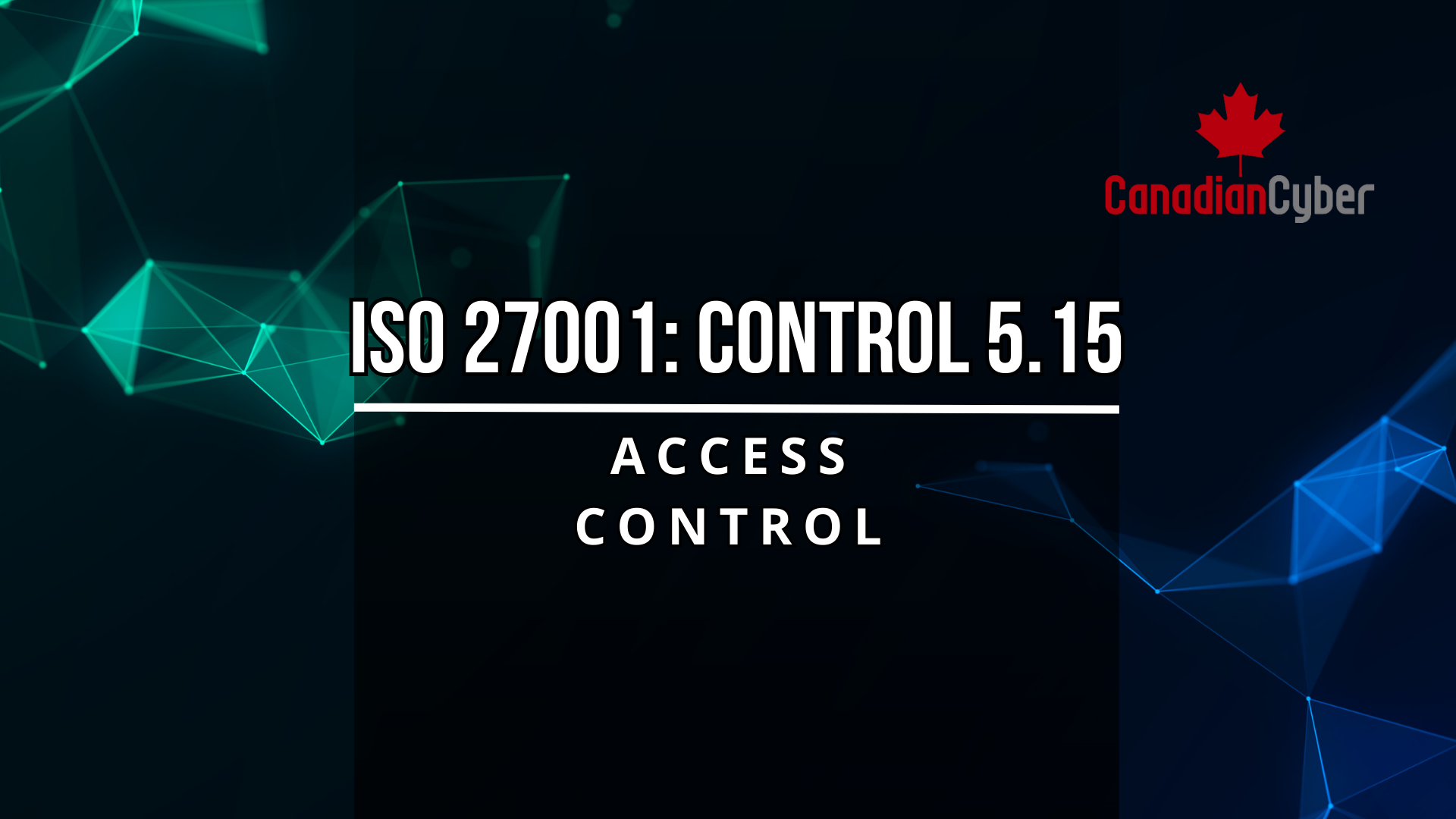ISO 27001 Control 5.15 restricts access to information and systems to authorized users only. Strong access control reduces risks, prevents insider threats, and supports compliance.

Imagine your organization as a building. Some rooms are open to everyone like the reception area while others, like the server room or the CEO’s office, need a key.
In the digital world, that key is access control.
ISO 27001 Control 5.15 ensures that only authorized people, systems, and processes can access your information and resources and that they can only use them in ways that are approved.
🔒 Control Title: Access Control
📘 Source: ISO/IEC 27002:2022, Section 5.15
🧩 Control Category: Organizational
🔍 Attributes:
To ensure that access to information and systems is restricted to authorized users and processes, based on business needs and security requirements.
1) Define an Access Control Policy:
2) Apply the Principle of Least Privilege:
3) Use Role-Based Access Control (RBAC):
4) Authenticate Before Granting Access:
5) Review Access Regularly:
6) Revoke Access Promptly:
Without strong access control:
With strong access control:
Granting “temporary” elevated access and forgetting to remove it
Sharing user accounts or credentials
Not reviewing access after role changes or department transfers
Using only passwords without MFA for sensitive systems
At Canadian Cyber, we build tailored access control frameworks that balance security with productivity.
We integrate RBAC, MFA, and automated provisioning/de-provisioning so your organization always knows who has access and why.
We can help you implement ISO 27001-aligned access control systems that keep the right people in and the wrong people out.
👉 Click here to get started.